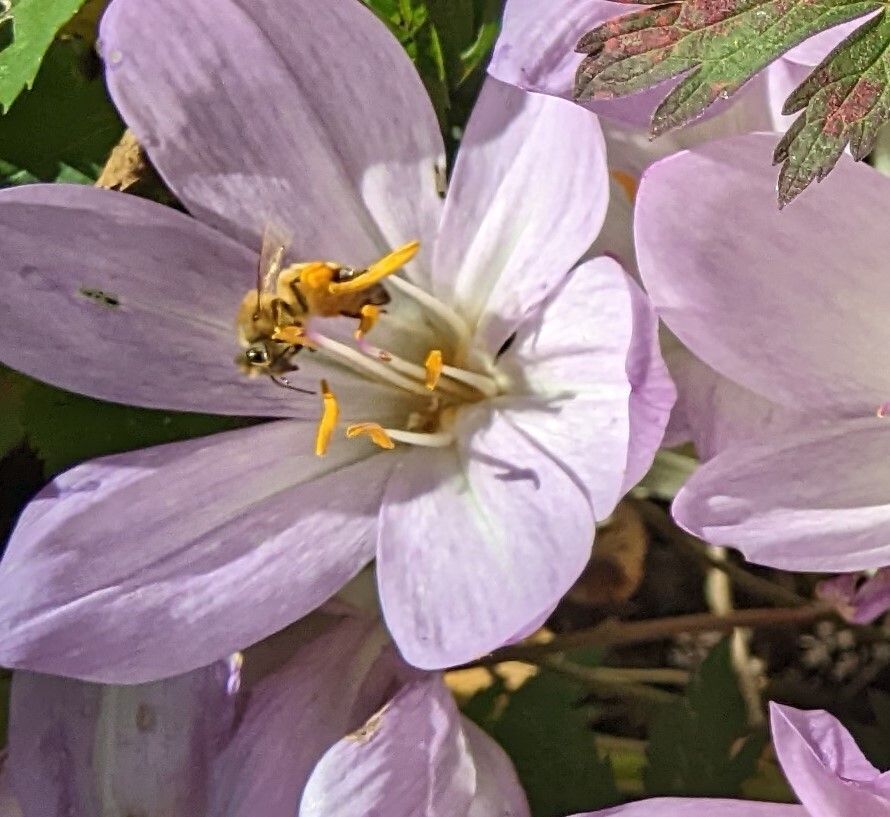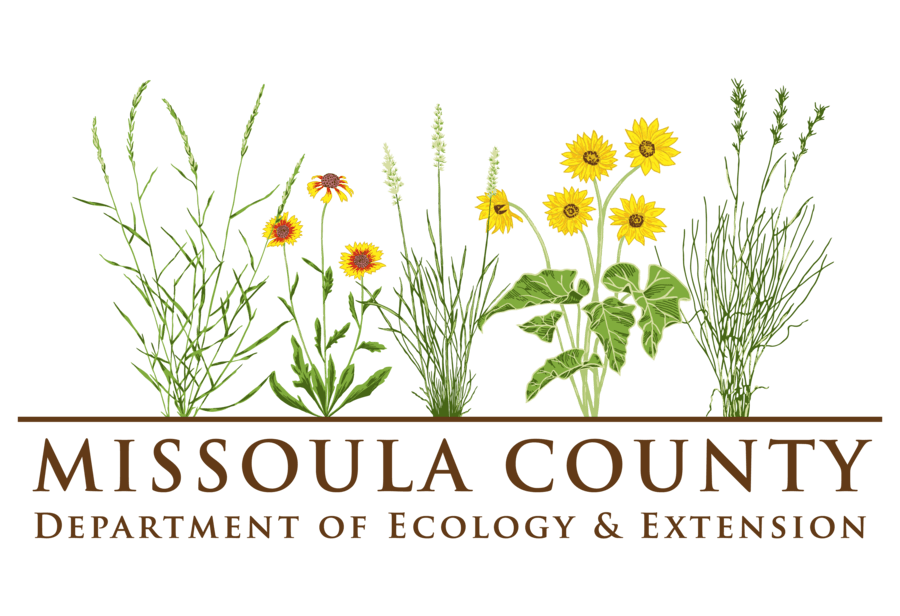
It is time to think about gradually reducing our watering, even with our current temperatures.
Cooler night temperatures and shorter days are a signal to start SLOWY cutting back on irrigation for perennial shrubs and trees. Irrigate less frequently and for a shorter duration. If you are still feeding your vegetable garden plants with liquid fertilizers, such as fish fertilizer, compost tea, or Miracle Grow, STOP IMMEDIATELY! It’s too late for plants to be putting on leaves, they don’t need any fertilizer. They need to switch over to ripening mode.
There are few other serious insect pests at this point in the summer. There should be no need to spray at this point in the season. Pick up fallen apples, this will help reduce the number of codling moths for next year. Do not compost these apples.
It is possible for us to get a frost any time in mid-September. Now is the time to pay attention to night-time temperatures. If temperatures below 40 F are predicted, make sure you have frost protection on hand for frost susceptible plants, like basil or tomatoes. Row cover can be used to protect warm season crops. Row cover comes in several thicknesses; the heavier the fabric, the more frost protection. Row cover for frost protection works best if it does not touch the plants, but instead allows air movement through and around plants. In fact, in one experiment, we compared row cover to clear and white plastic tunnels, and found that tomato plants survived temperatures of 27-28̊ F best under row cover. You can use wire or PVC hoops to keep row cover off of plants. If you are ambitious, you can start using row cover now to warm plants as night temperatures cool. Cover plants before dark and uncover them when the sun comes up the next morning.
Cool weather makes us think about harvesting storage crops from the garden. Wait as long as weather permits before harvesting. Avoid skin breaks, bruises, or decay. Harvest during dry weather to avoid disease. Harvest early in the morning or in the evening. It is best NOT to wash root crops before storing. A thin crust of soil helps to prevent shriveling.
Leave an inch or more of stem on most vegetables to reduce water loss and prevent disease. “Curing” helps to heal slight skin injuries. Curing means holding produce in a dry, well-ventilated, dark area for several weeks. Cure onions at 45 – 60 F until the roots at the base of the bulb are completely shriveled and dry. Potatoes need to be cured in total darkness at 45-60 F. Winter squash should be cured at warmer temperatures of 75-85 F. Don’t pick a winter squash before its time. If the squash skin is hard and impervious to scratching, the fruit is ready to pick. If you can write your name in the side of the squash, it’s not ready to harvest.
Plums, apples, and pears are ready to harvest when there is some give to the fruit flesh when you touch it and when the color starts to change from green to yellow on pears and all the green is gone on plums and grapes. Seeds in the apple should be dark brown.
Our Rocky Mountain gardens will be holding a grand opening September 14th, please come join us and see what we have been up to all year installing many different garden types. Meet the designers and staff from 11- 4 that Saturday
